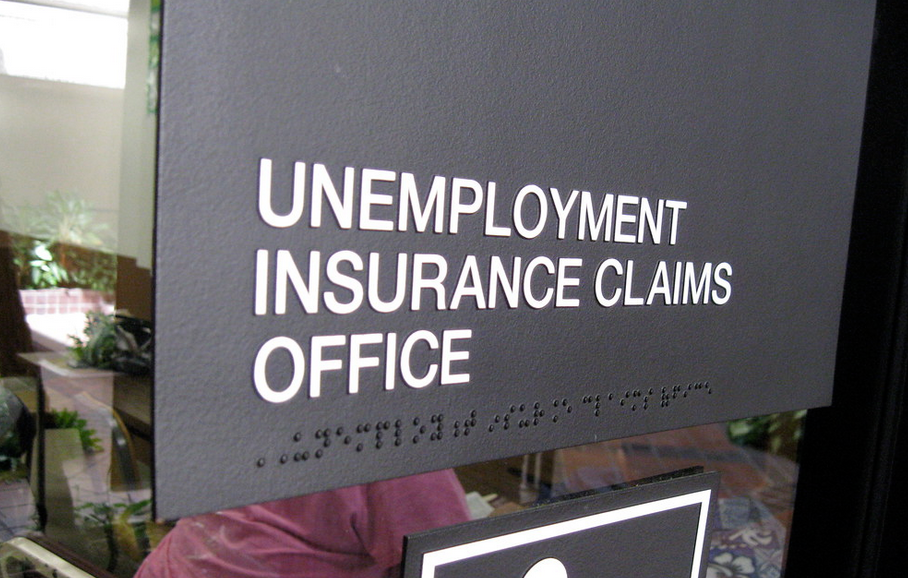After a couple of weeks of battling, Congress finally agreed on a stimulus package thought to total 2 trillion dollars (9.2% of GDP). Meanwhile, 3.3 million people in the U.S. registered for unemployment benefits in a single week. The previous record was 695,000 in a week in 1982.
David Page, Head of Macro Research at AXA Investment Managers, believes that “despite the eye-watering scale of the package, there are questions over whether this will prove sufficient to deal with the material shock coronavirus looks set to deliver to the US economy over the coming months.The package is also designed to offset the sharp tightening in financial conditions. In this respect the 10.5% rise in the S&P 500 index over the last two sessions is a positive reception.”
The median estimate for jobless claims was to rise to 1.64m, while the actual 3.28m number almost doubles estimates, which Page believes “would suggest a double-digit fall in real disposable incomes in Q2, which would in turn exacerbate a sharp fall in domestic spending not just in Q2, but over the coming quarters. The stimulus package is designed to prevent such a deterioration, particularly by providing direct support to firms and incentivising them keep workers on payrolls, and to individuals through direct payments. This complements the Fed’s actions to facilitate lending to businesses to keep afloat while the virus-related drop in demand passes. But only the coming weeks will show how successful these measures will prove.” He mentions.

The package began as a Senate Republican proposal estimated at around $850bn, but over the ensuing time has morphed into a package that is estimated to more than double the combined GFC packages – the Economic Stimulus Act 2008 and the American Recovery and Reinvestment Act (2009).
The stimulus package contains:
- $500bn in bank loans and direct assistance to US companies, states and local governments affected by the virus (including $75bn to large corporates including airlines).
- $377bn to small businesses (sub-500) to help fund payrolls in coming months. These payments will be structured as up to $10m interest free loans to businesses but will be ‘forgiven’ proportionate to the number of workers kept on payrolls.
- $250bn in direct checks to US individuals ($1200 per person, $500 per child).
- $260bn in expanded unemployment insurance, raising payments by $600 per week and extending coverage duration by four months.
- $150bn funding for states
- $340bn additional Federal government spending
The US Treasury Secretary Mnuchin stated that these payments would come quickly. He stated that loans to small businesses would be made next week and that individual payments would be paid within three weeks. Democrats secured more precise oversight for the distribution of stimulus funds to large corporates after accusations surrounding the distribution of TARP over a decade ago. An independent Inspector General will be appointed who will work with a panel of five members picked by Congress. A weekly report on the disbursement of funds will be produced.

